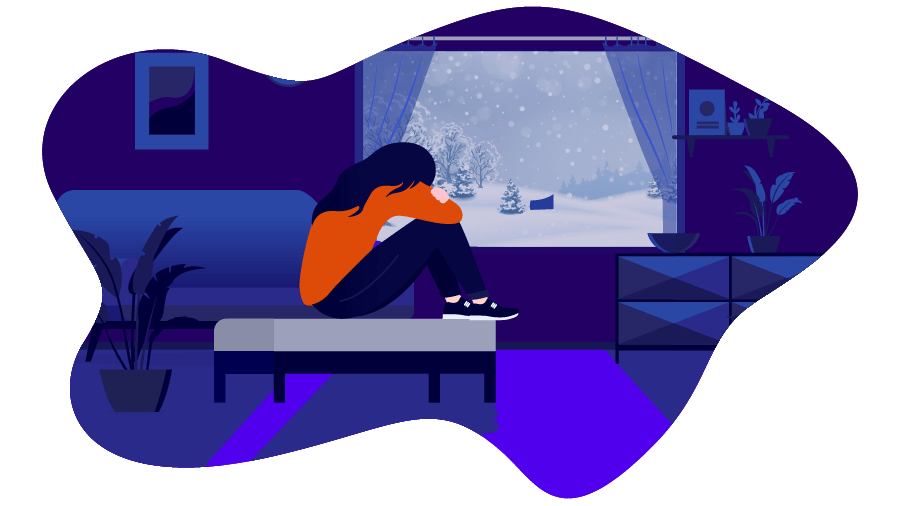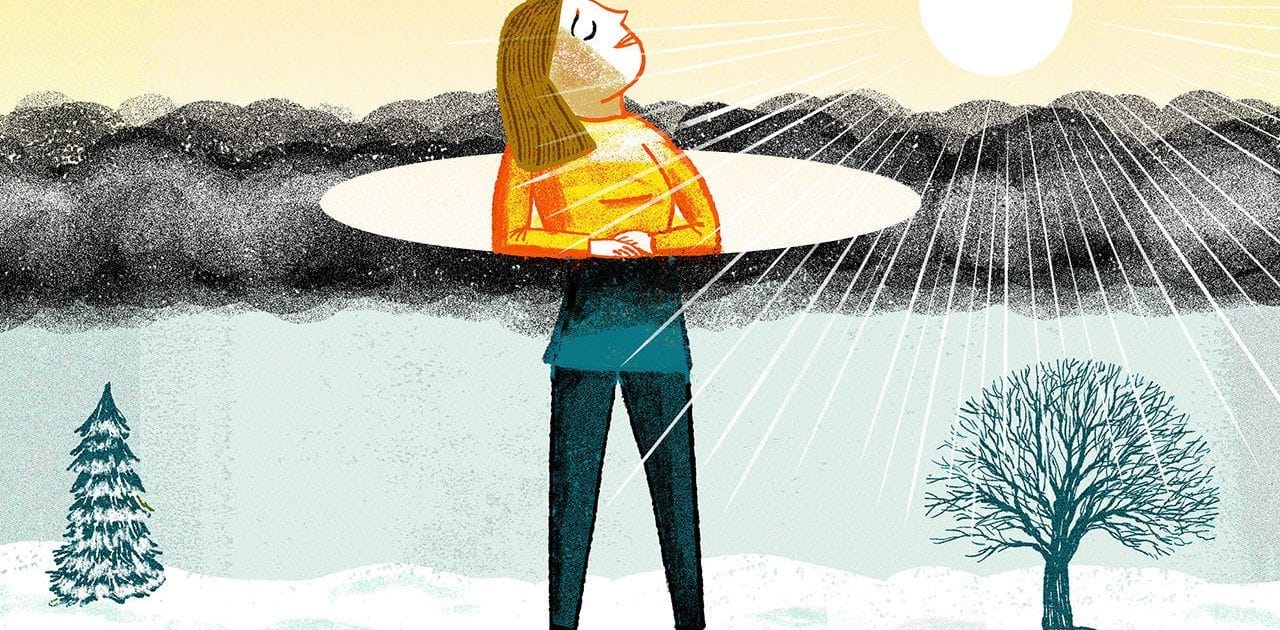Seasonal Affective Disorder (SAD)
Written by Aditi Avunuri
Brimming with excitement and energy throughout the summer, but struggling to find enough energy to wake up once autumn rolls around. As the weather grows colder, you find it harder to wake up each day and stay productive. Losing all of your energy, motivation, and social battery in the winter when you were practically overflowing with it in the summer. What if it is not just a coincidence?
Seasonal Affective Disorder (SAD) is a form of depression that most commonly transpires with the changing seasons of a year, occurring when days become shorter in winter and fall. Most symptoms are typically reversed by spring and summer, but in a few, this form of depression occurs in the warmer seasons as well. Learning more about SAD symptoms and therapies to help with them can make an immense amount of difference in one's life, especially for those who have experienced it.
SAD most commonly takes its beginning during winter and fall, and symptoms include lack of energy, binging on food, gaining weight, and sleeping in. Symptoms often become strong enough to disrupt one's daily routine, stressing the importance of catching it early on. In a few cases, SAD takes its beginning during spring and summer, a form of SAD, and symptoms in such a case include insomnia, loss of appetite, loss of weight, and increased irritation.
While the true cause of SAD is yet to be discovered, studies have proven that disruptions in serotonin and melatonin, and lack of vitamin D contribute to the development of SAD. One of the most effective therapies to overcome this is light therapy, which helps in regulating one's state of mind and level of activity through simulation of sunlight. Cognitive Behavior Therapy is another influential therapy that can assist in overcoming SAD. In some extreme cases, the use of antidepressants, such as bupropion, is useful to prevent the recurrence of seasonal depression.
It’s important not to dismiss feelings one feels during times of transition and simply refer to them as "winter blues." When symptoms become constant and begin impacting one’s life, a trip to a professional can make a significant difference with access to successful therapies. With early SAD diagnoses and proper care alternatives, most can effectively manage symptoms and enjoy a healthier, happier life regardless of the time of year.
Sources:
https://www.nimh.nih.gov/health/publications/seasonal-affective-disorder
Written by Aditi Avunuri from MEDILOQUY



